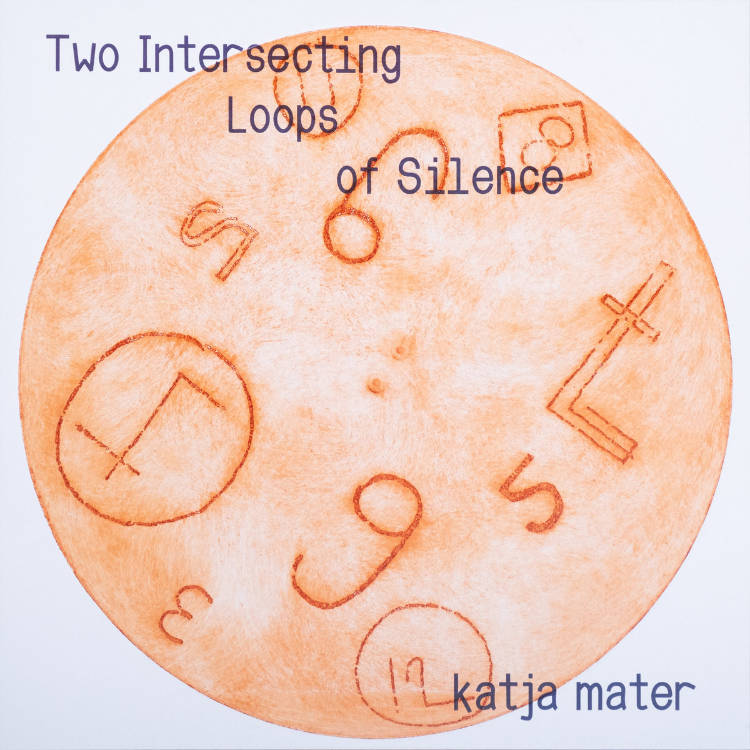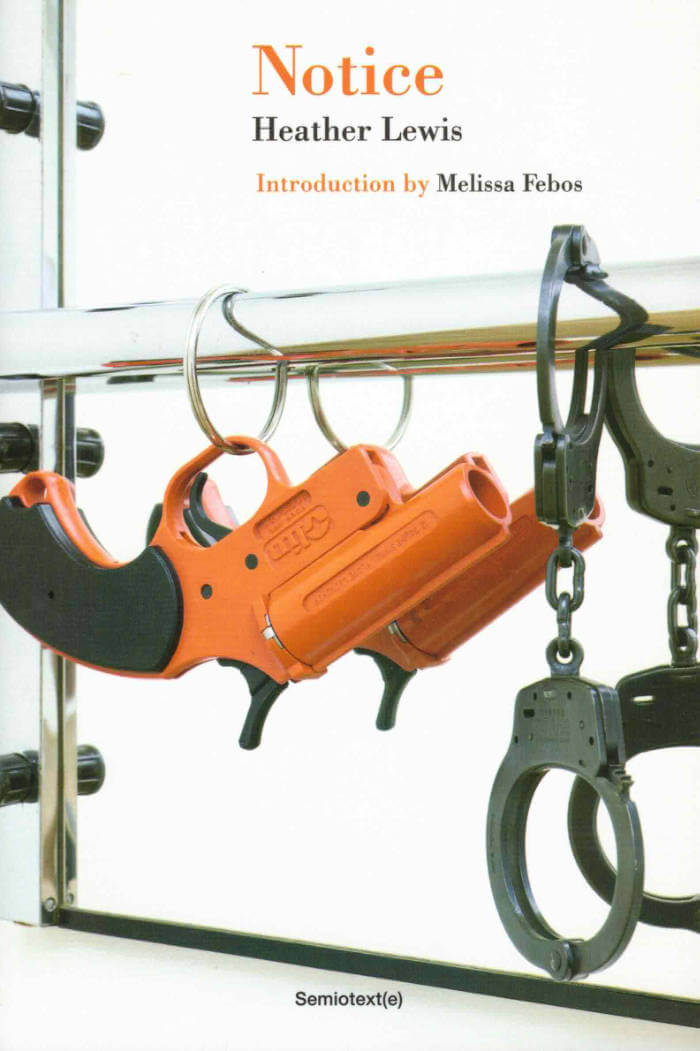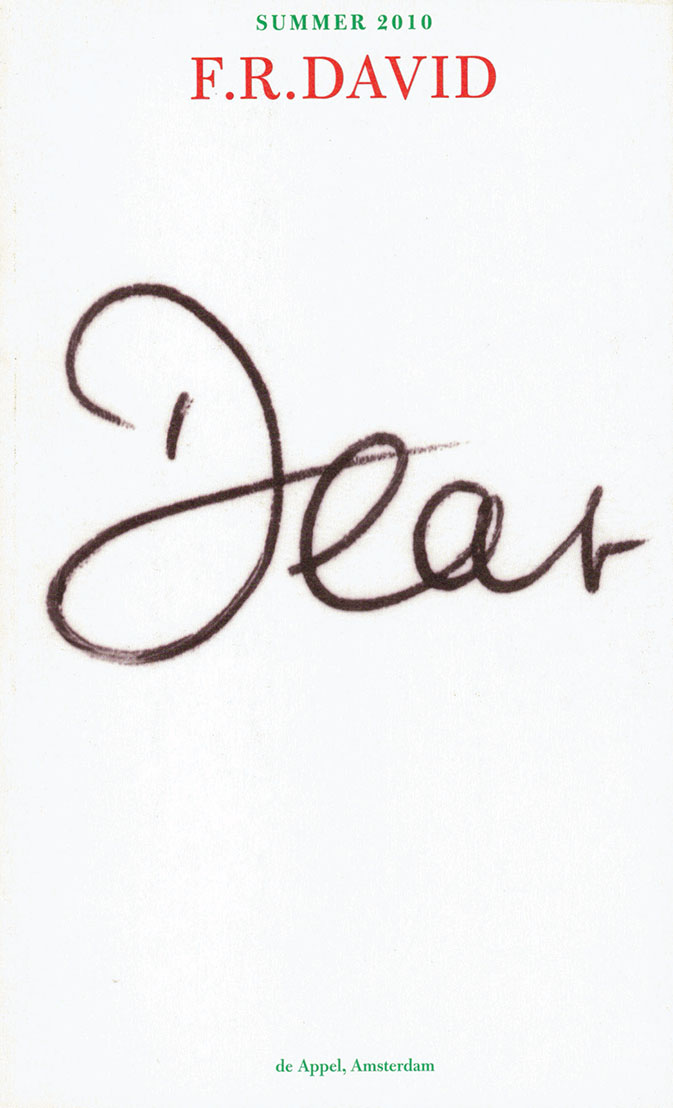
Girls Like Us #6 - Secrets
Jessica Geysel ed., Sara Kaaman ed., Katja Mater ed., Marnie Slater ed.
A secret can be a private space for self-creation – or a shared site of pleasure.
We explore secrets in a plethora of forms and contexts. From layered accounts of mediaeval ecstasy to the unexplored sensory experience of smell. From camouflaged play to queer readings of astrological charts and the hidden history of house music. From a very analog point of view to the outskirts of the internet.
Language: English







